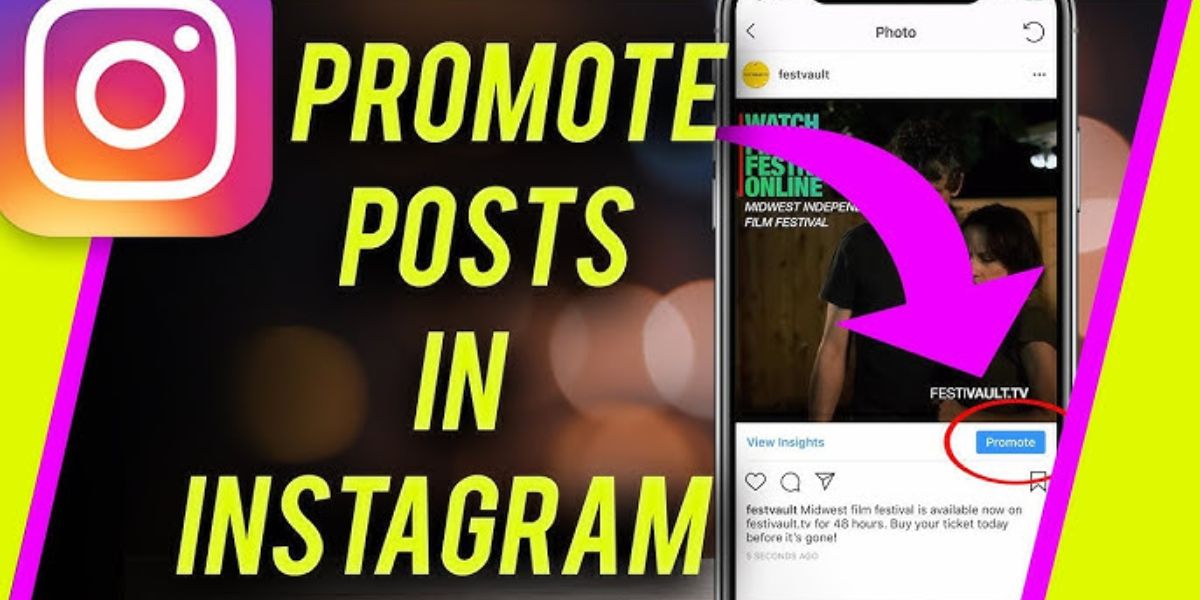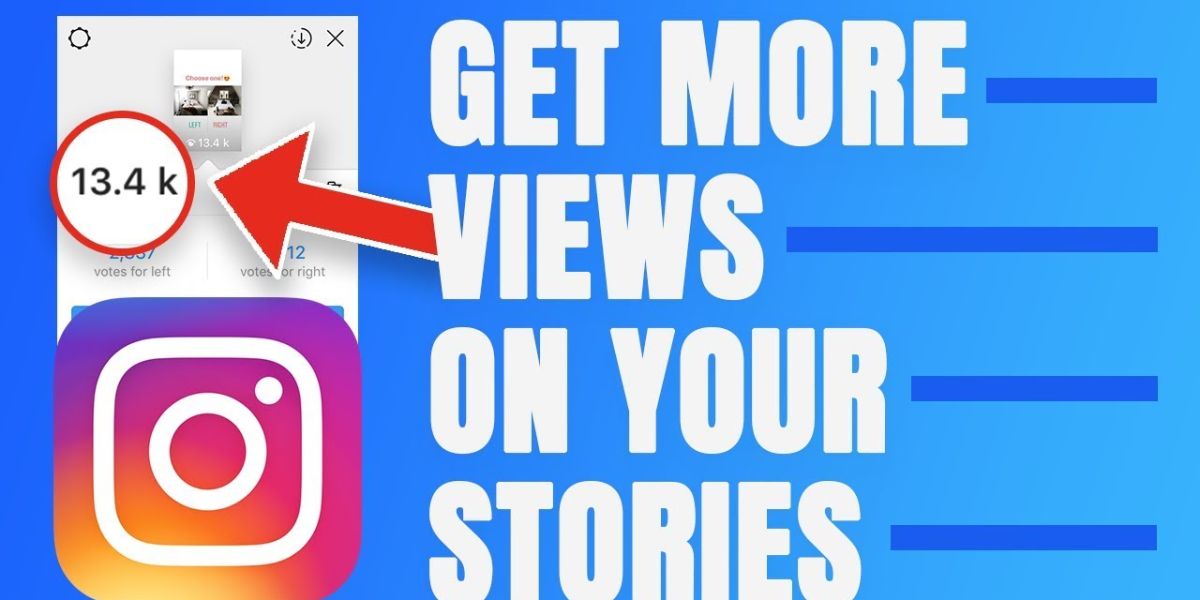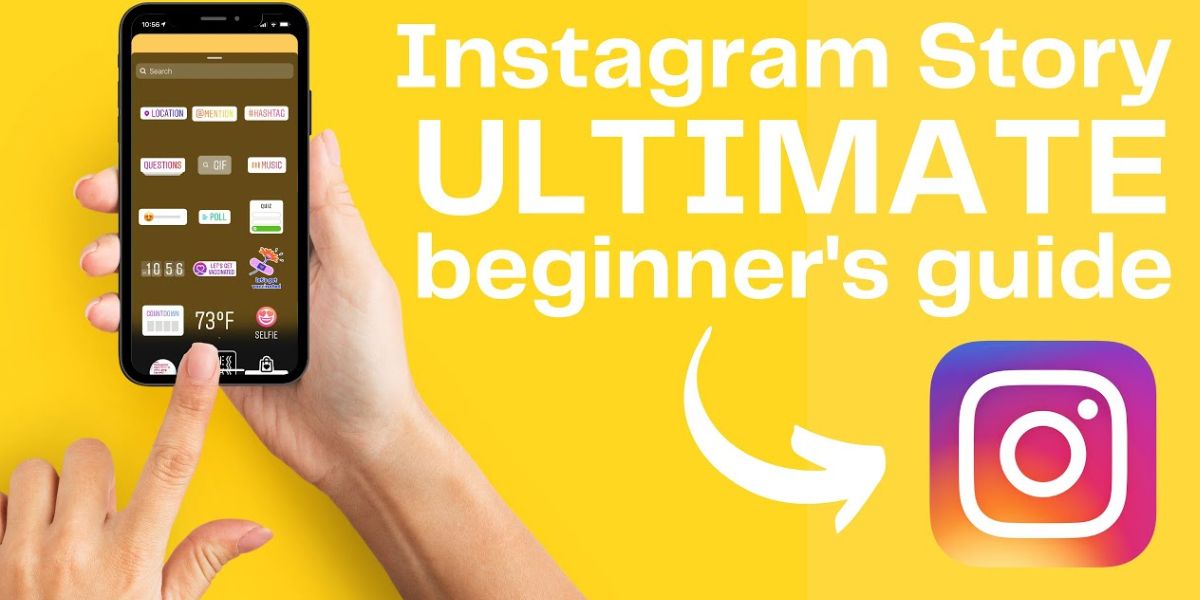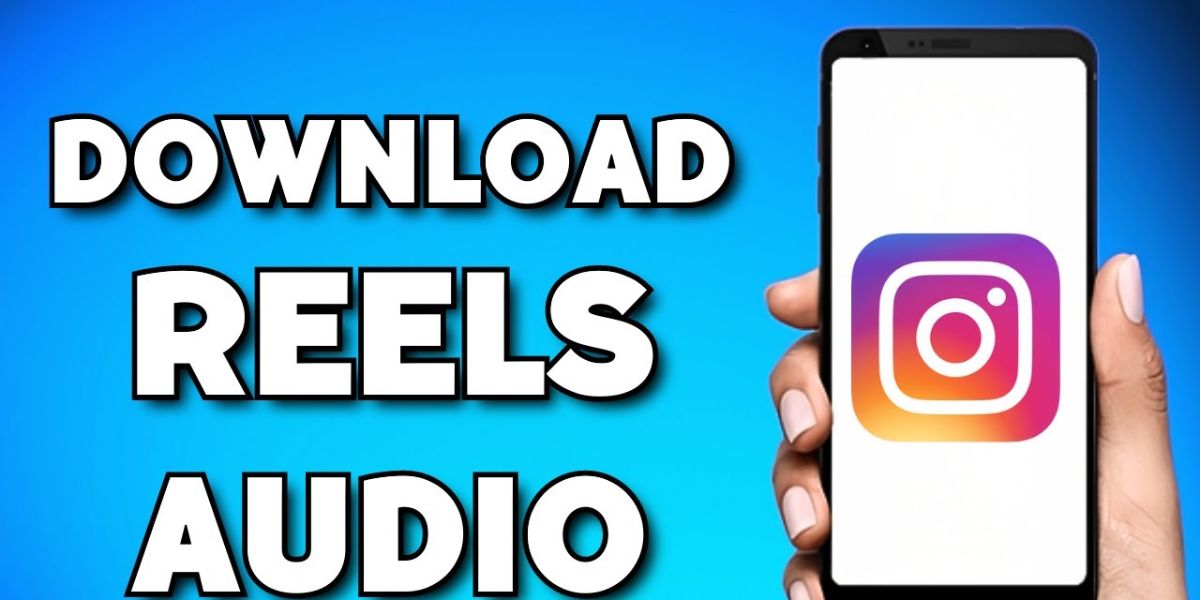How to post ads on Instagram: Suppose having access to about 2 billion potential customers/monthly – that’s the real power of Instagram ads. With 86.6% of IG’s active users being reached through paid campaigns, brands using IG ads can see a massive boost in engagement, conversions, and brand awareness.
But here’s the twist: getting a favorable return on Investment (ROI) from Instagram ads isn’t as easy as it looks. With several ad formats, an overwhelming Ad Manager, and ever-evolving algorithms, many brands struggle to produce campaigns that precisely deliver.
Worry Not! I will help you. No matter if you’re new to Instagram ads, know how to post ads on Instagram, or want to optimize your strategy, I’ll guide you through everything. Here we’ll help you understand how to set up your first ad, as well as produce high-converting campaigns. By the end of the blog post, you’ll have the confidence and know-how to run Instagram ads that work. Let’s quickly get started!
What are Instagram ads?
Instagram ads are paid promotional posts that help businesses reach a specific target audience on the platform. As opposed to regular content, these ads perfectly blend into users’ feeds and explore pages and stories.
Brands can run Instagram ads easily and make them using videos, images, carousels (multiple images), or collection ads (product galleries) to disclose their offerings with great ease.
While they look like organic posts, IG ads are always labeled as Sponsored and come with a ton of features like CTA buttons, clickable URLs, and product tags. All of these are aimed at driving engagement and conversions.
Whether you wish to increase brand awareness, maximize sales, or generate leads, Instagram advertising imparts a tailored, data-driven approach to targeting the right audience at the right time.
How much does Instagram advertising cost?
Depending on aspects like budget, marketing objectives, and campaign duration, the Instagram advertising cost varies. You can decide on a daily or lifetime budget, giving you full control over how much you spend. While there’s no fixed cost for IG ads, Meta suggests starting with at least $5/day to test performance.
Numerous aspects influence the price of Instagram ads, including the following:
- Target audience
- Industry Competition
- Seasonal Demand
- Ad Placement
IG uses an auction-based system, where advertisers bid for ad placements. Businesses can either manually decide a maximum bid or let the platform optimize it for them. If you’re not familiar with how it works, it’s good to start with a lower bid and gradually adjust as you track performance.
To have a better understanding of your budget’s effectiveness, however, you should use the Audience Definition and Estimated Daily result tools in the platform’s Ad Manager. By using this feature, you’ll be able to know if your budget is in line with your campaign goals before you launch your ad.
Bonus Tip for a quick and simple way to advertise:
Instagram users can use run posts. In Instagram, simply put, IG’s Run Post feature to market an existing post without creating a campaign from scratch.
Three things you need to create Instagram ads
Before getting into the details, here are key tasks you need to complete before enabling your account to create and run Instagram-sponsored ads.
1. Set up an Instagram business account
Instagram provides two main types of accounts – Personal and Professional.
- Personal Accounts – These accounts are for everyday users and can be private (requiring follow requests), or public (visible to everyone). Personal Accounts lack advanced business features.
- Professional Accounts – These accounts are further differentiated into Creator and Business creators. While creator accounts can run ads and access insights, a business account has a range of professional features, such as contact buttons, analytics, and shopping tools.
For those who are willing to maximize their IG’s marketing potential, a business account is considered the best choice. Here’s how to create it:
St 1 First of all, open your Instagram profile, and click on the “Menu Icon” ((☰) in the top right corner.
2 Choose “Settings and Privacy” and then scroll down to “Account type and tools” under the For Professionals section.
3 Click on “Switch to Professional Account”, pick “Business”, and follow the prompts to complete the set-up account process.
Things to Keep in Mind: If you want to keep your personal and professional presence separate, you can set up an additional professional account for your brand/business.
2. A Facebook Page
There are two approaches to running sponsored advertising on Instagram:
- Boost an Existing Post – A fast way to turn your organic content into an ad with just a few clicks.
- Use Meta Ads Manager – A more upgraded option that enables comprehensive targeting, budgeting, and campaign management.
While boosting a post can sometimes be done without having a Facebook account, using Meta Ads Manager requires linking a Facebook Page to your IG. In some zones, Instagram mandates this connection for all Instagram ad posts.
Follow the steps below to Link your IG account to a Facebook Page:
1 Open “Meta Business Suite” and go to “Business Settings”.
2 Under the Accounts section, select “Instagram Accounts”.
3 Tap Add, log in to your “Instagram Professional Account”, and link it to your Facebook Page.
Things to keep in mind: you’re allowed to link only one IG account to your Facebook Page.
3. A payment method
To run Instagram ads through Meta Ads Manager, you must have a payment method set up. You can add a credit or debit card, bank details, or PayPal while creating your ad or add them beforehand by going to the Billing section in Ads Manager.
Steps to run Instagram ads by boosting your existing Instagram post(s)
When you pick to Boost a Post on your Instagram business account, you’ll need to follow a few quick steps to set up your sponsored ad Instagram:
1 Choose an Objective
Decide what you want to attain, such as website taps, more profile visits, or engagement.
2 Pick Your Audience
Pick who will come across your ad based on demographics, zone, and interests.
3 Set-ups Your Budget
Decide how much you’re willing to pay daily for the promotion.
4 Choose a time
Pick how long you want the boosted post to run.
Why Boost a Post Instead of Creating an Ad from Scratch?
- Fast and Hassle-free: One can create fb and Instagram ads in minutes.
- No Facebook Page required: you can skip linking a Facebook Page.
- No need for a Facebook Ad Account: you can market directly from the platform.
Limitations of Boosting a Post:
- Users don’t receive the advanced audience selection available in Meta Ads Manager.
- You can’t fine-tune placements, objectives, or bidding strategies as precisely.
- Boosted a post lacks the tactics outline of full-fledged ad campaigns, which may influence outcomes.
When Should You Boost an IG Post?
- If you’re new to Instagram ads – It’s a simple method to experiment without delving into complex ad management.
- When a post is working well organically – Boosting can amplify reach and engagement.
- If you’re testing different tactics – Utilizing both boosted posts and Meta Ads Manager campaigns can help define what works well for your goals.
How to run Instagram ads using Facebook Ads Manager in 5 steps
If you’ve previously run Facebook ads through Meta Ads Manager, good news for you: Instagram ads follow the same procedure, making it easy to get started.
However, if you’re not familiar with Meta Ads Manager, navigating it for the first time can feel daunting. With so many settings, options, and campaign outlines, it’s easy to wonder: How to place an Instagram ad? Where do I start? How do I make sure my ad works well? What settings should I opt for?
After comprehensive research and testing, I’ve ragged the difficulties of Instagram advertising. To make it straightforward for you, here are a few steps to launching successful advertising on Facebook and Instagram via Meta Ads Manager.
1. Set up an ad account and add your team
To run IG ads, you’ll first have an Ad Account in the Meta Business suite. Here’s how to create it:
- Open Meta Business Suite and reach out to Settings.
- Under the Accounts option, choose Ad Accounts.
- Pick either link an existing ad account using its ID or set up a new one by assigning a name, choosing your preferred currency, and confirming your location.
If you’re partnering with a team, you’re able to manage access levels in Ad Account Settings under Ad Account Roles. You can assign 3 types of permissions, which are given below:
- Admin – Has thorough control, including managing payments, creating advertising on Facebook and Instagram, and adjusting team access.
- Advertiser – Can create and edit ads, and assess performance, but can’t modify payment details or unlock settings.
- Analyst – Can only watch ad performance reports without making any changes.
2. Design an Instagram campaign.
If you’re wondering how to place an ad on Instagram, here’s the next step you’ll need to check out. Meta structures Instagram ads into three levels:
- Campaign – Determines the overall goals (for example: traffic, brand awareness, engagement, app promotion, or sales).
- Ad Set – Defines the audience, frequency, and budget.
- Ad – The final content that Instagram users view.
To create a campaign, tap “Create” in the Ads Manager and pick an objective. If you’re a novice, you’re advised to use Meta’s suggested settings for an easier setup.
For improved performance, turn on:
- A/B testing – To compare different audiences and creatives.
- Advantage Campaign Budget – To allocate more budgets to work working ads.
Things to keep in mind: If your ad is associated with jobs, housing, credit, or politics, reveal it under Special Ad Categories to comply with Meta’s policies.
3. Set up ad set(s) for your campaign
The next step is creating Ad Sets within your campaign. The options available are based on your campaign’s objectives (for example: Engagement or Sales).
Key Ad Set Elements:
- Conversion Location & CTA
Pick where you want users to take action (App, Website, Messenger, etc.) For precise tracking, install Meta Pixel through the Events Manager to measure conversions.
- Budget & Schedule
Set up a daily or lifetime budget and determine the start and end date of your Facebook ad on Instagram.
- Audience Targeting
Custom Audience – Reach out to users who’ve interacted with your brand before.
Lookalike Audience – Discovers new users similar to your existing audience.
Saved Audience – Uses past targeting information for future campaigns.
- Ad Placements
Meta’s Advantage Placements run advertising on Instagram and Facebook. To advertise only on Instagram, pick Manual Placements (Feed, Reels, Stories, Explore, or Search).
Note: you can have several Ad Sets under one campaign, each targeting a variety of products, audiences, or goals.
4. Built your Instagram ad(s)
The last step is creating your IG ad. You can pick from five ad formats below:
Instagram Ad Formats & Their Best Uses:
- Photo Ads – Add single images to market events, sales, or testimonials.
- Video Ads – Show off products in action or share behind-the-scenes content.
- Carousel Ads – Swipeable pictures to showcase features, multiple products, or FAQs.
- Collection Ads – A cover picture/video with a landing page for product discovery.
- AR Ads – Interactive experiences that allow users to try out your product virtually.
Ad Format Versus Ad Placement – Formats refer to how your ad looks (video, image, carousel), whereas placements determine where it runs (Stories, Feed, Reels, Explore).
Best Practices for IG Ads:
- Clear & Concise Copy.
- Highlight offers visually.
- Optimize for placements.
- Use real people.
Lastly, keep a destination link (app store, site, etc.) and add a UTM parameter to assess performance.
5. Monitor your ad performance and tweak your next ad armed with insights
Now you’ve learned how to post ads on Instagram, now is the time to monitor your ad performance. The Facebook Ad Manager gives insights into your ad performance under the Overview Tab. You can:
- Filter Data
Track performance by placement (for instance: Instagram Explore), engagement (likes, comments, shares), or location (for example: Indian Market).
- Customize Columns
Focus on specific metrics that matter to you.
- Use Meta’s Ad Reporting
Create comprehensive reports to evaluate performance trends and optimize future campaigns.
Consistently monitoring these insights helps you optimize your strategy and improve outcomes.
Conclusion | How to post ads on Instagram
Instagram ads can expand your reach, but a balanced approach is necessary for long-term success. While IG ads give a short-term boost, consistent engagement is key to establishing a strong presence. Other than running ads, focus on organic efforts like interacting with your audience, sharing valuable content, and maintaining a regular posting schedule. A blend of meaningful conversations, creative visuals, and strategic planning helps stable growth beyond paid promotions.






